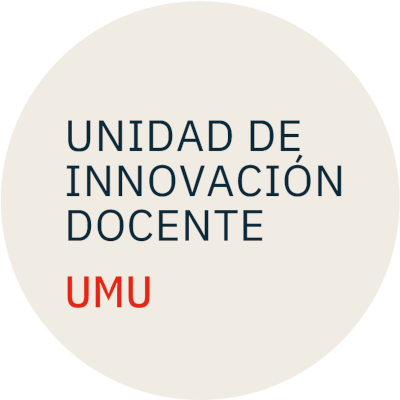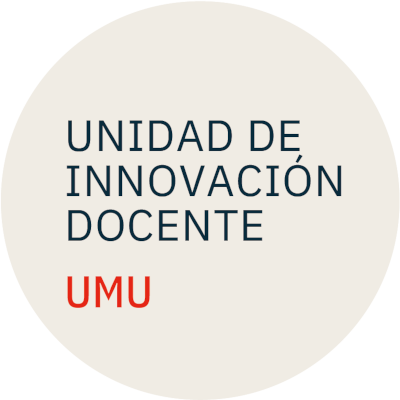Gastrointestinal Endoscopy in Small Animals (2012), 2014 Outstanding Course Award of Excellence (ACE)
Presentation
Course presentation. Author. Course features. Diagnosis in Veterinary Gastroenterology.
Theoretical contents
1. General concept and applications of Digestive Endoscopy in Small Animal Veterinary Medicine
2. Historical background. The first experiences. Looking for flexibility. Light sources. Working channel. Further development.
3. Advantages of endoscopic technique. Complementary procedures.
4. Indications for gastrointestinal endoscopy. Esophagogastroduodenoscopy or rectocolonoscopy?
5. Endoscopic equipments. Rigid endoscopes. Flexible endoscopes. Light sources. Suction pumps. Ancillary instruments. Imaging equipment.
6. Endoscopic procedure forms. Room for endoscopy. Cabinets for storage. Cost.
7. Anesthesia. Recumbency. Oral speculum. Intubation. Duration. Assistant.
8. Biopsy. Biopsy sampling. Submission of tissue samples.
9. Potential risks and complications. For the endoscopist and for the animal. Perforation. Hyperinflation.
10. Instrument cleaning. Handling.
11. Esophagogastroduodenoscopy: endoscopic technique and anatomy. Esophagoscopy. Gastroscopy. Retroversion maneuver. Duodenoscopy.
12. Colonoscopy. Preparation. Endoscopic technique and anatomy. Normal appearance. Examination of the ileum.
13. Diseases of the esophagus. Esophageal strictures. Endoscopic balloon dilation. Hiatus hernia. Other findings. Diverticula. Megaesophagus. Foreign bodies: endoscopic retrieval.
14. Diseases of the stomach. Gastritis. Helicobacter gastritis. Ulcerative disease. Bleeding lesions. Other findings. Adenocarcinoma. Gastric neoplasia.
15. Diseases of the small intestine. Diseases of the duodenum. Inflammatory bowel disease. Small intestinal overgrowth. Lymphangiectasia. Tumors of the small intestine. Parasitic infestation.
16. Diseases of the large intestine. Chronic idiopathic colitis (IBD). Other types of colitis. Strictures. Hematochezia. Colonic neoplasia. Constipation.
17. Double Balloon Enteroscopy (DBE) in the dog. Limitiations of standard endoscopy. Technical difficulties. Diagnosis interest. Equipment. Techhique. Assistant. Fluoroscopic control. Submucosal tattoo marking. Biopsy sampling. Duration. Safety. Diagnostic uses. Potential therapeutic uses. Limitations.
Practical contents
Presentation
Practical session 1: Preparation of endoscopic equipment.
Practical session 2: Use of angulation controls and valves. Suction. Air / water instillation.
Practical session 3: Use of forceps: biopsy forceps, grasping forceps, Roth net retriever.
Practical session 4: Basic instrument cleaning.
Practical session 5: Endoscopic technical learning in porcine animal model (pig stomach). Orientation. Biopsy sampling. Retrieving foreign bodies.
Practical session 6: Performance of endoscopic exploration in anesthesized animals. Biopsy sampling.
Practical session 7: Discussion on practical cases (see Clinical cases section).






